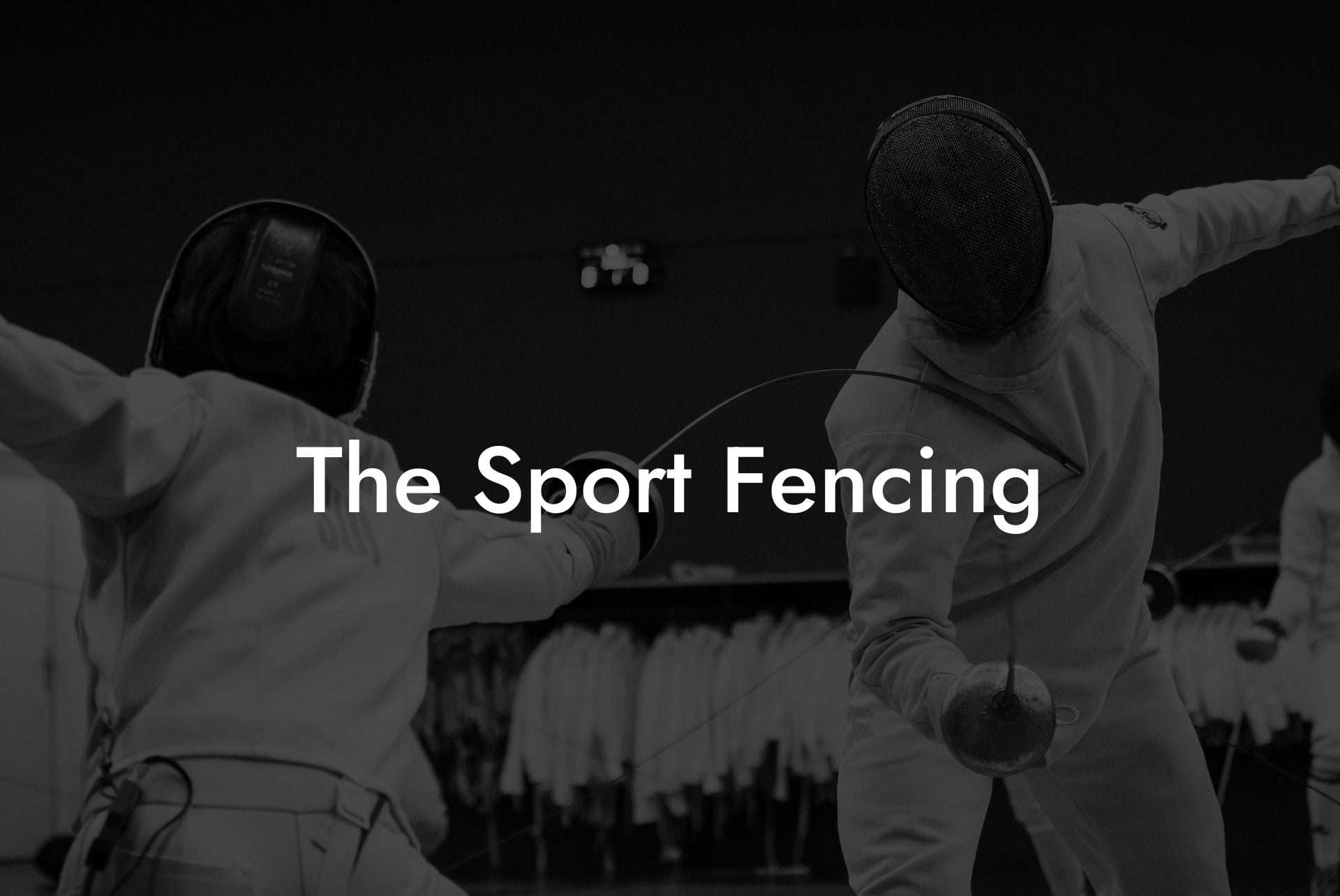Discover the thrilling world of sport fencing - an Olympic discipline that challenges both mind and body. In this comprehensive guide, we dive into the history, rules, and techniques of this exciting sport, as well as explore the best equipment to get started on your fencing journey. Let's unlock the secrets of this ancient art and bring out the modern-day musketeer in you!
History of Fencing
Fencing has a rich and fascinating history, dating back as far as Ancient Egypt around 1190 BC. Developed as a form of military training, fencing evolved into a sport in the Renaissance period with the establishment of fencing schools. Today, fencing is an Olympic sport with three distinct disciplines: foil, epee, and sabre.
Types of Fencing
Foil
Foil is the most popular and widely practiced form of fencing. Foil fencers use a light, flexible weapon and target the torso, excluding the arms and legs. Points are scored with the tip of the blade, and right-of-way rules apply to determine which fencer scores in a simultaneous attack.
Epee
Epee fencing is known for its strategic and tactical gameplay. Epee fencers use a stiffer, heavier weapon, and the entire body is a target. Points are scored with the tip of the blade, and there are no right-of-way rules, meaning both fencers can score simultaneously.
Sabre
Sabre is the most aggressive and fast-paced form of fencing. Sabre fencers use a lightweight, curved weapon and target the torso, head, and arms. Points can be scored with the edge of the blade as well as the tip, and right-of-way rules apply.
Basic Techniques and Rules
In fencing, the objective is to score points by landing hits on the opponent's target area while avoiding being hit yourself. Essential techniques include:
- En Garde Position: The basic fencing stance, with one foot in front and the arm extended, holding the weapon.
- Advance and Retreat: Linear footwork used to control distance, moving forward and backward.
- Lunge: A quick, long-range attacking move where the front leg is extended and the back leg remains bent.
- Parry: A defensive move that involves deflecting the opponent's weapon to protect the target area.
- Riposte: A counter-attack launched immediately after a successful parry.
One important rule is determining priority or right-of-way in foil and sabre fencing. In these disciplines, when two fencers land hits at the same time, the referee awards the point to the fencer who has priority. This rule encourages fencers to attack with proper technique instead of simply trying to hit their opponent first.
The Sport Fencing Example:
Imagine a foil bout between two fencers: Alice and Bob. Alice attacks first with a straight lunge, targeting Bob's torso. Bob responds with a parry, deflecting Alice's blade to the side. He then performs a riposte, landing a hit on Alice's torso. The referee awards the point to Bob, as he successfully defended himself and counter-attacked.
With this newfound knowledge of the exhilarating sport of fencing, you are now ready to embark on your own journey to become a modern-day musketeer. Remember that patience, practice, and a competitive spirit will serve you well as you hone your skills. We encourage you to share this guide with friends, family, or fellow fencing enthusiasts and explore other in-depth guides on the Anchorage Fencing Club blog. En garde, and may your battles on the piste be valiant and victorious!













